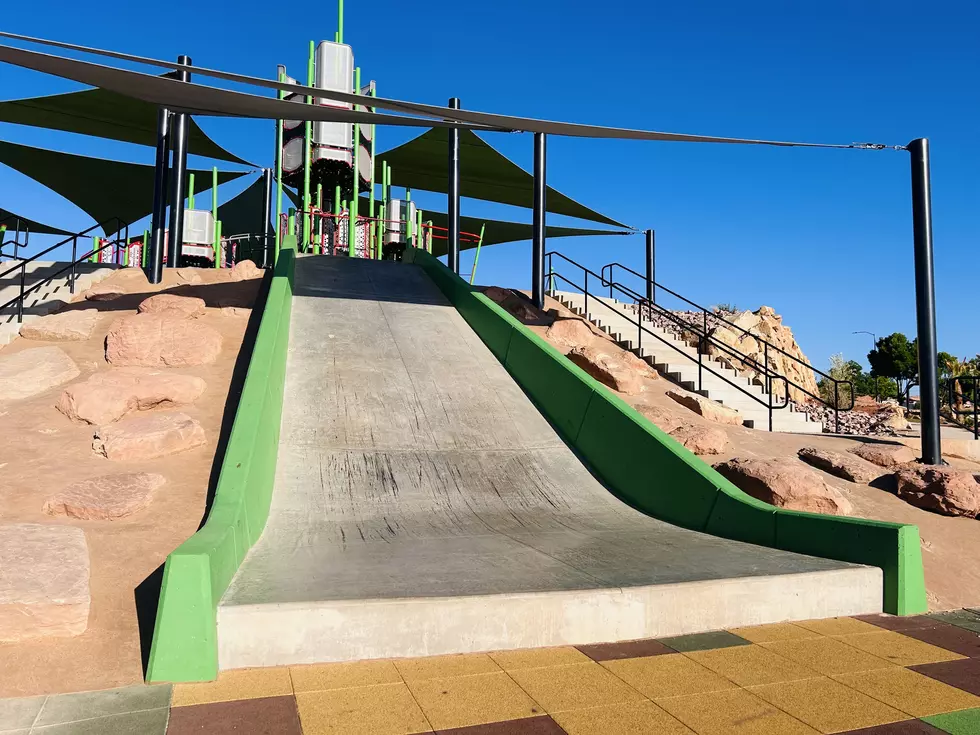
Cash For Grass! Washington County Will Pay You To Swap Out Your Lawn
Having a large grassy lawn used to be a sign of wealth.
Two hundred years ago, affluent people made sure their manors included a large lawn. There were no lawn mowers, so grass was hard to keep trim and neat unless you had a lot of money to pay laborers to care for the lawn. Plus, it was a sign that you had so much land that you didn't need to use all of it for agriculture.
The idea that having a large lawn means you have a lot of money has persisted, but nowadays in the desert of Southern Utah, it seems like it's not very smart.
With water being such a precious commodity here, citizens and political leaders are starting to recognize the need for conservation. And they're putting their money where their mouths are.
In most towns in Southern Utah, Washington County (and the state of Utah) will pay you to remove your grass and add more water-friendly landscaping.
"The state legislature has authorized multi-millions of dollars for grass rebates," said Washington County Water Conservancy District president Zac Renstrom. "If grass is being used, if people are enjoying it, that's not the grass we're talking about. We're talking about the ornamental grass that only gets touched when people mow it."
So the carrot is cash for the home/business owner. Here's the lowdown from the WCWCD website:
The district will rebate property owners for each square foot of grass removed and replaced with water efficient landscaping.
Rebate amounts:
- $2.00 per square foot up to 5,000 square feet
- $1.00 per square foot for more than 5,000 square feet
- Minimum of 300 square feet to qualify
The reason for the pre-conversion consultation is the WCWCD must measure the area to be converted and a plan must be in place to replace the grass with water-friendly landscaping (for instance, replacing the grass with concrete or asphalt is NOT acceptable).
Click on the link to begin the application process now: WCWCD Water Efficient Landscape Program.
LOOK: The most extreme temperatures in the history of every state
More From KDXU 890 & 92.5









